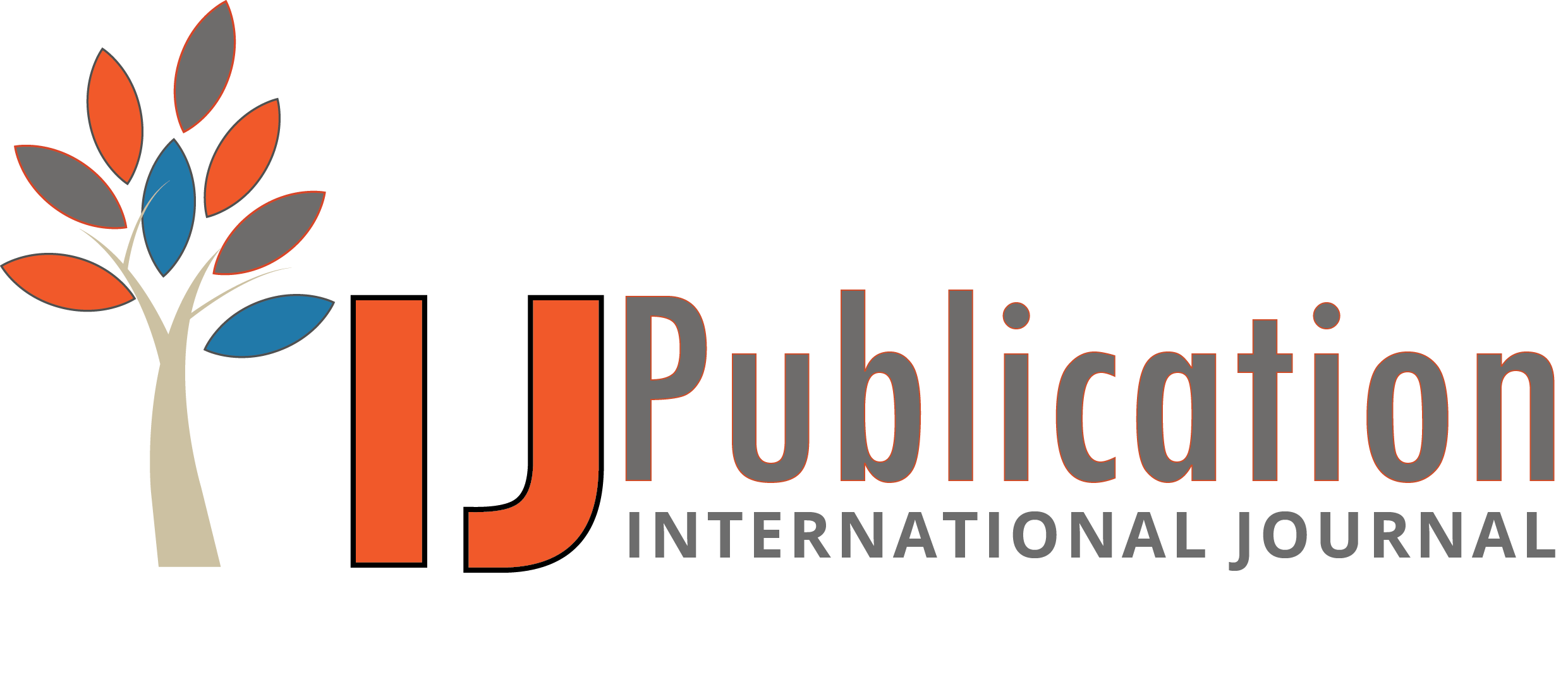Balachandar Ramalingam Reviewer
16 Oct 2024 03:50 PM
 Approved
Approved
Relevance and Originality
The research article addresses a critical issue in the field of computer vision—object detection in low-light conditions—an area that poses significant challenges for traditional algorithms. By proposing a novel approach utilizing the YOLOv8 model, the paper offers an original contribution to the ongoing development of real-time detection systems in challenging environments. The focus on low-light conditions is particularly relevant given the growing demand for effective surveillance solutions, highlighting the paper's importance in both academic and practical contexts.
Methodology
The methodology outlined in the paper is robust, featuring the use of a custom dataset tailored for low-light conditions. By training and evaluating the YOLOv8 model on this dataset, the research ensures that the findings are applicable to real-world scenarios. However, the paper could enhance its methodological rigor by providing more details on the dataset's composition, such as the variety of objects included and how the data was collected. Additionally, a clearer explanation of the training and evaluation processes, including hyperparameter settings and performance metrics, would strengthen the methodology.
Validity & Reliability
The results of the study demonstrate that YOLOv8 offers superior performance in terms of speed and accuracy compared to previous models like YOLOv3. This comparative analysis contributes to the validity of the findings, showcasing the improvements made with the latest version of the algorithm. However, the paper should include a discussion on the potential limitations of the study, such as the generalizability of the results across different low-light environments or the impact of varying object types on detection performance. Addressing these aspects would enhance the reliability of the conclusions drawn.
Clarity and Structure
The article is generally well-structured, presenting a clear progression from the introduction of the problem to the proposed solution and results. The writing is concise and informative, making complex technical concepts accessible to readers. However, the clarity could be improved by adding visual aids, such as charts or graphs, to illustrate the performance comparisons between YOLOv8 and previous models. Additionally, organizing the results section with distinct subsections for different performance metrics could help readers navigate the findings more effectively.
Result Analysis
The analysis of the results shows a promising advancement in real-time object detection capabilities in low-light conditions. The paper effectively highlights the strengths of YOLOv8, emphasizing its accuracy and speed, which are critical for surveillance applications. However, the result analysis would benefit from a more in-depth exploration of the implications of these findings. Discussing potential use cases, real-world applications, and future directions for research in low-light detection would provide valuable insights and enhance the overall contribution of the paper to the field. Additionally, including qualitative assessments or user feedback on the model's performance in practical settings could enrich the analysis.








Balachandar Ramalingam Reviewer